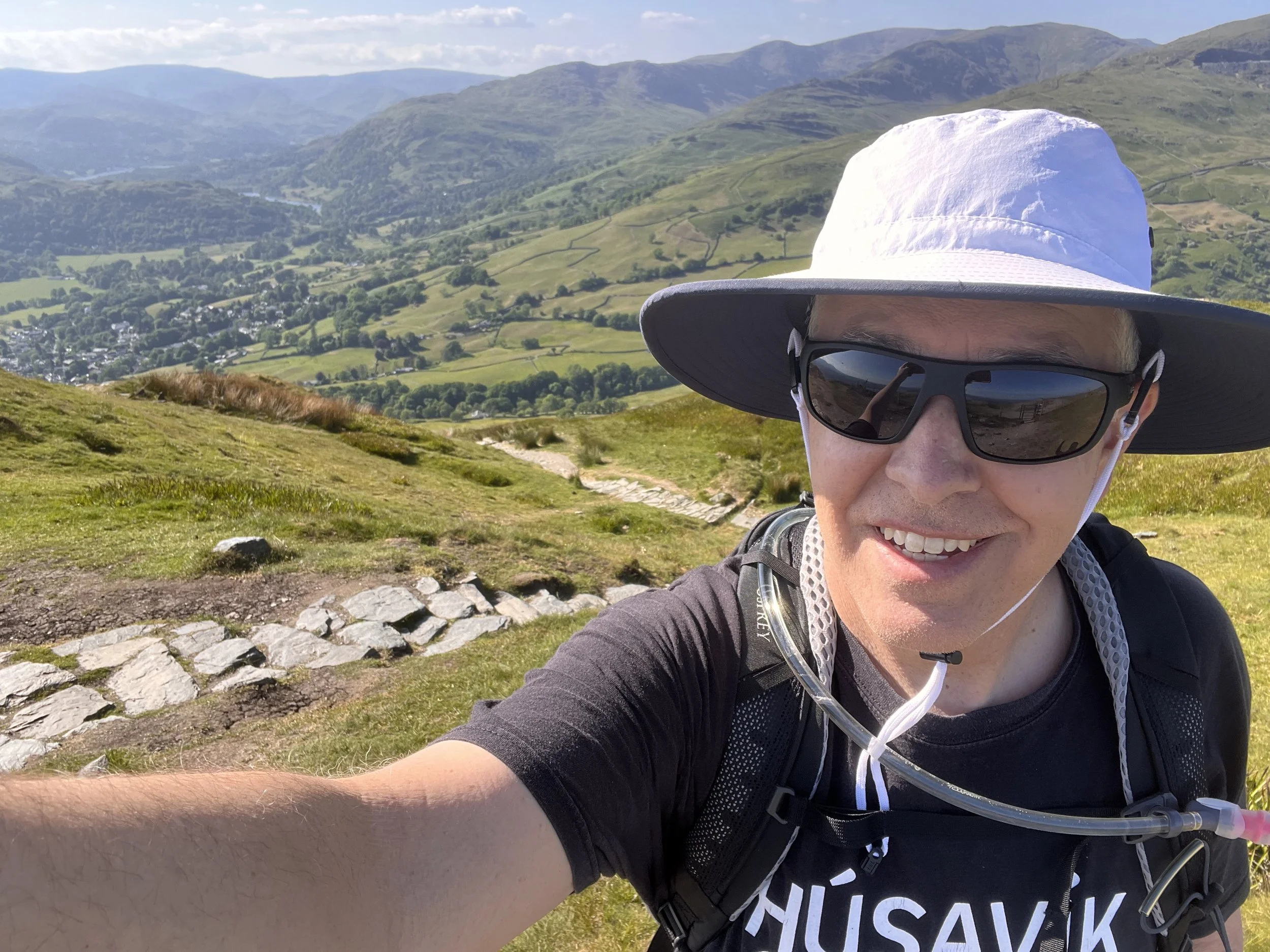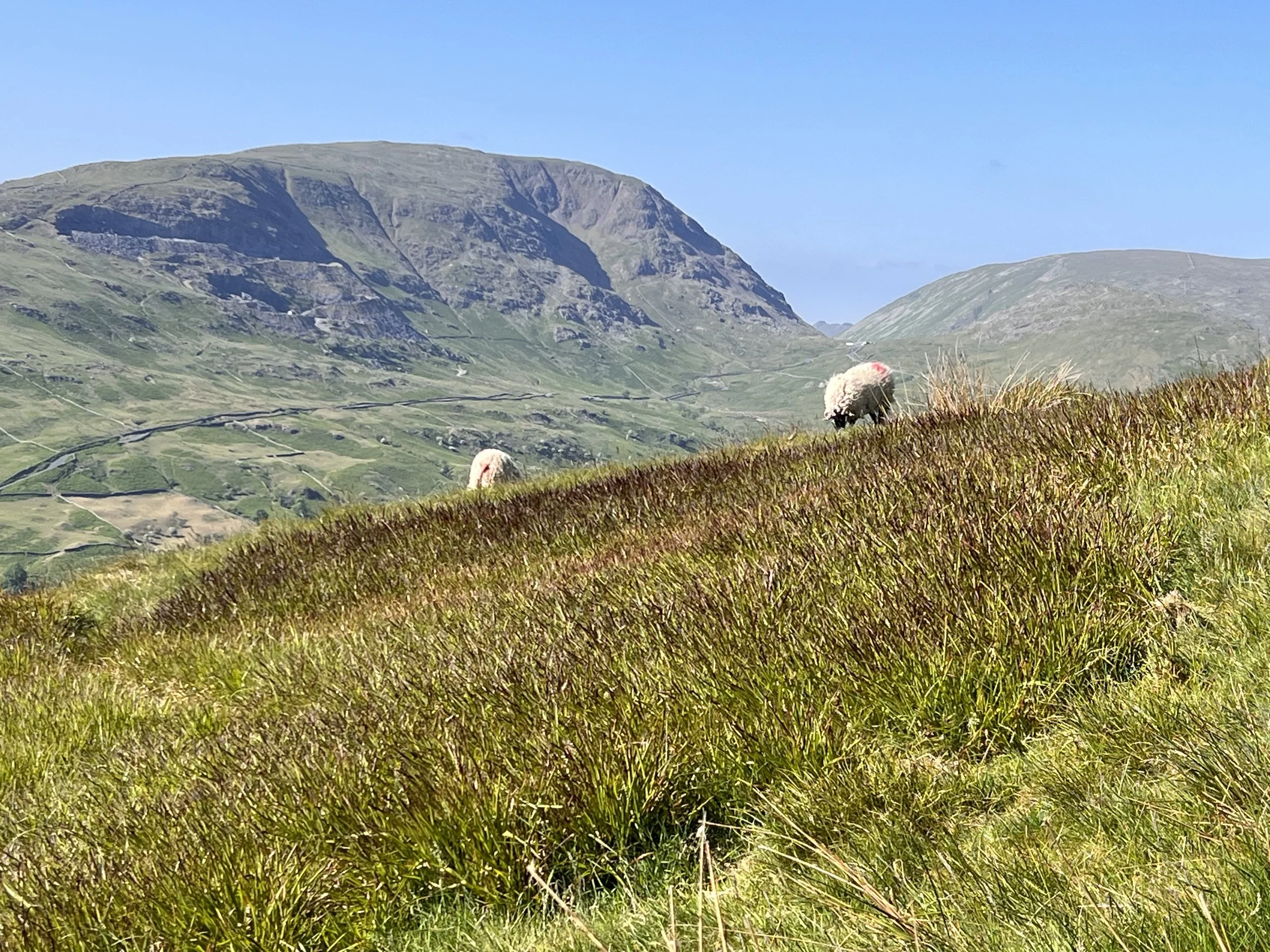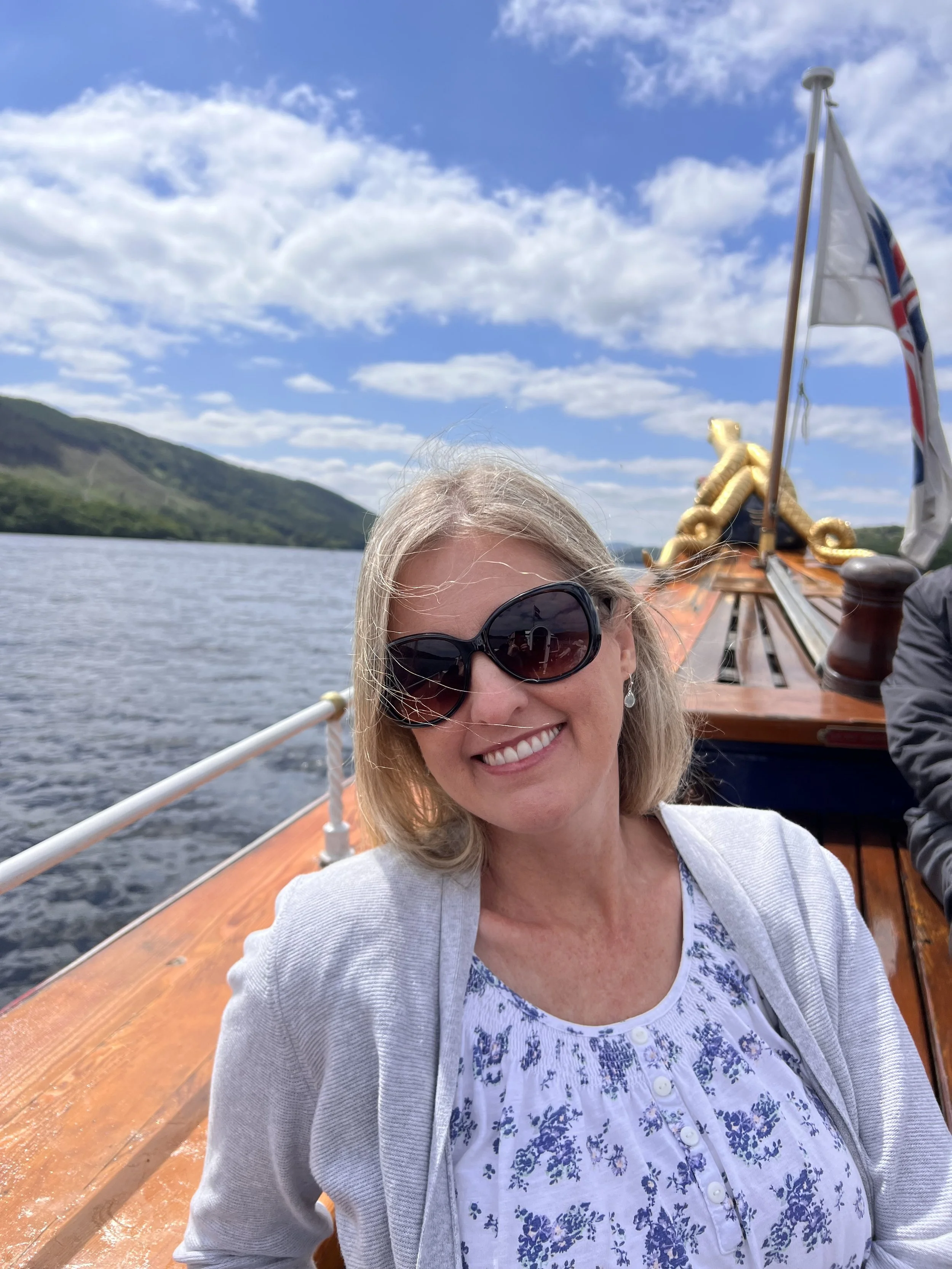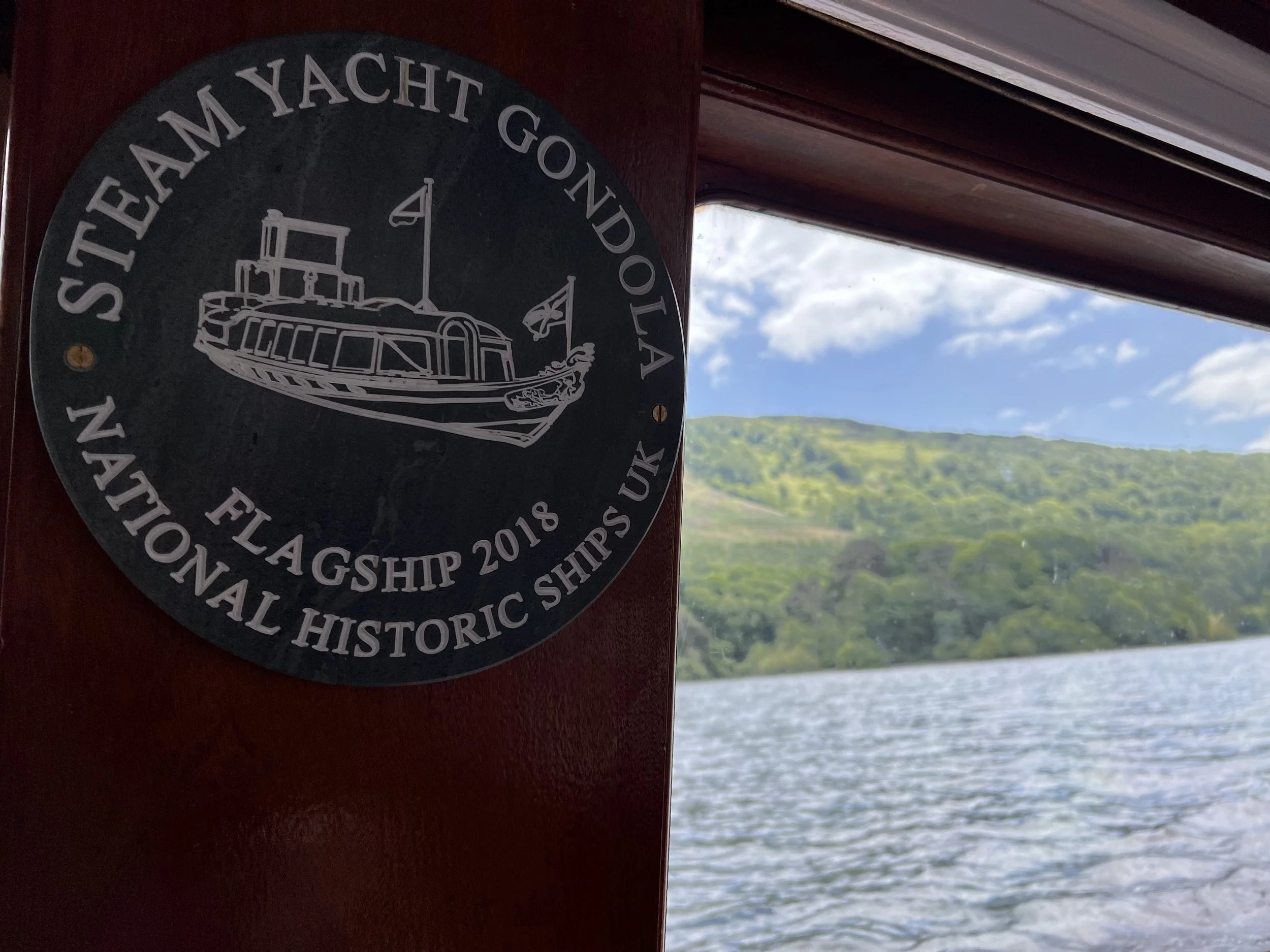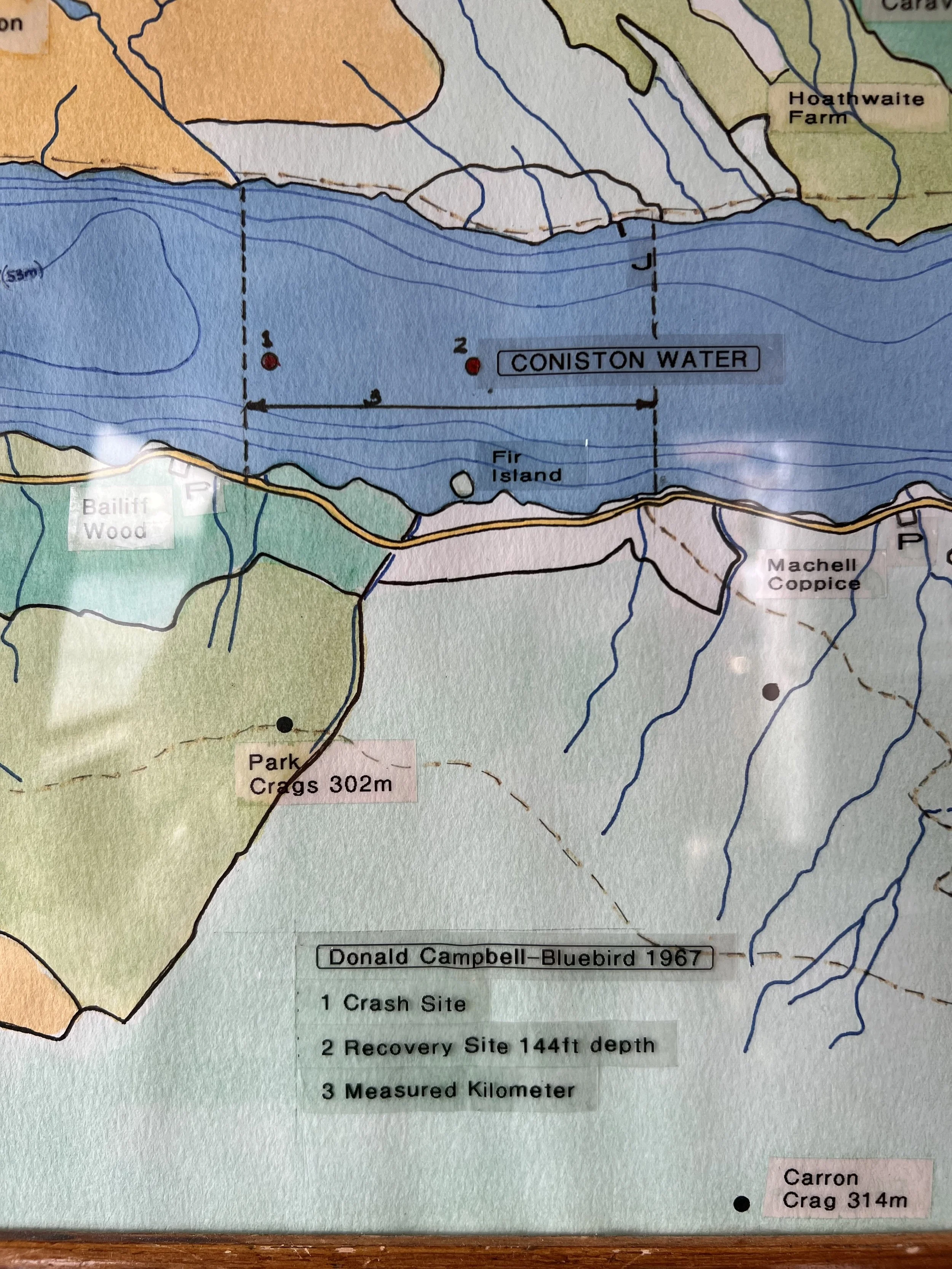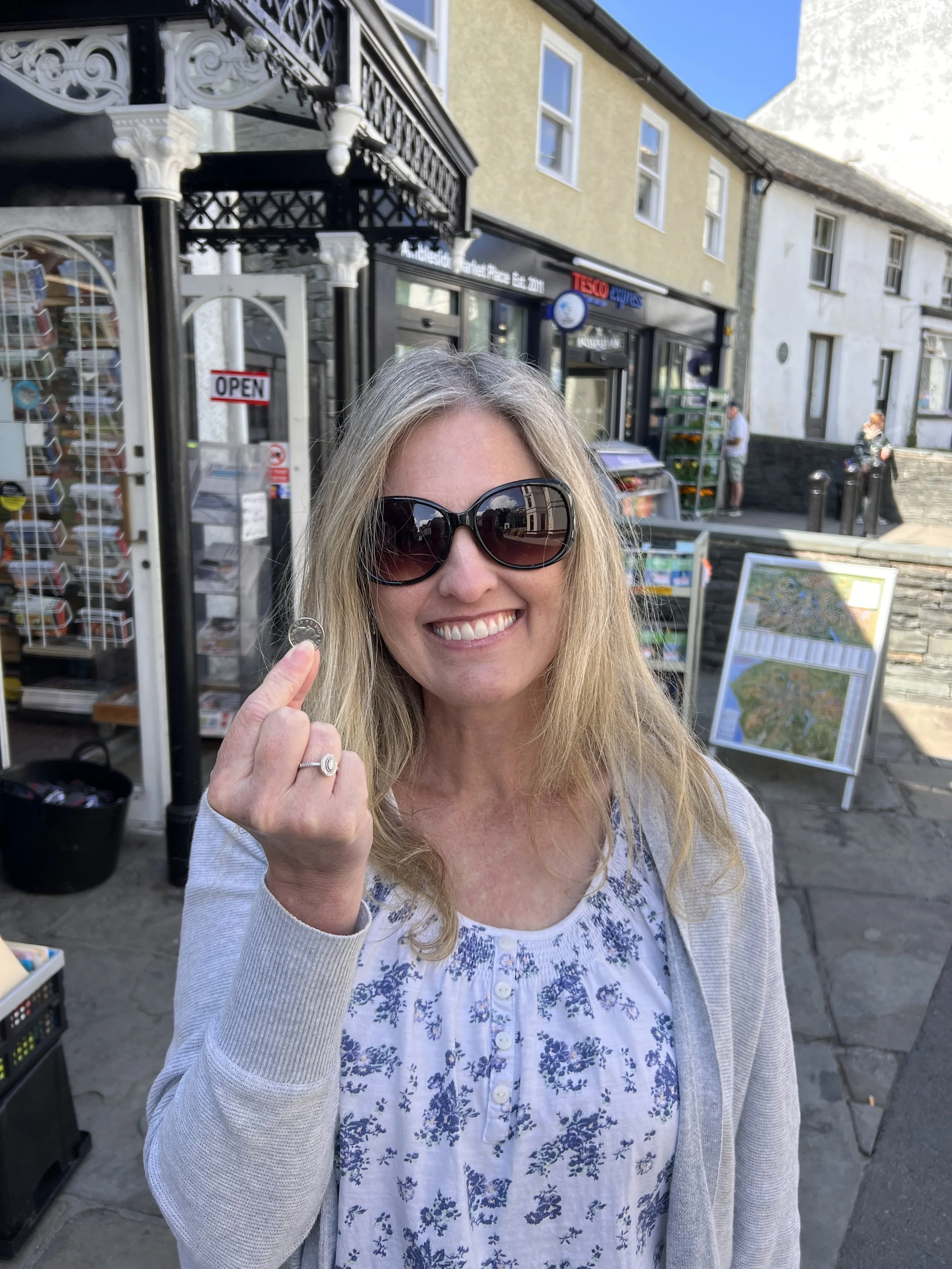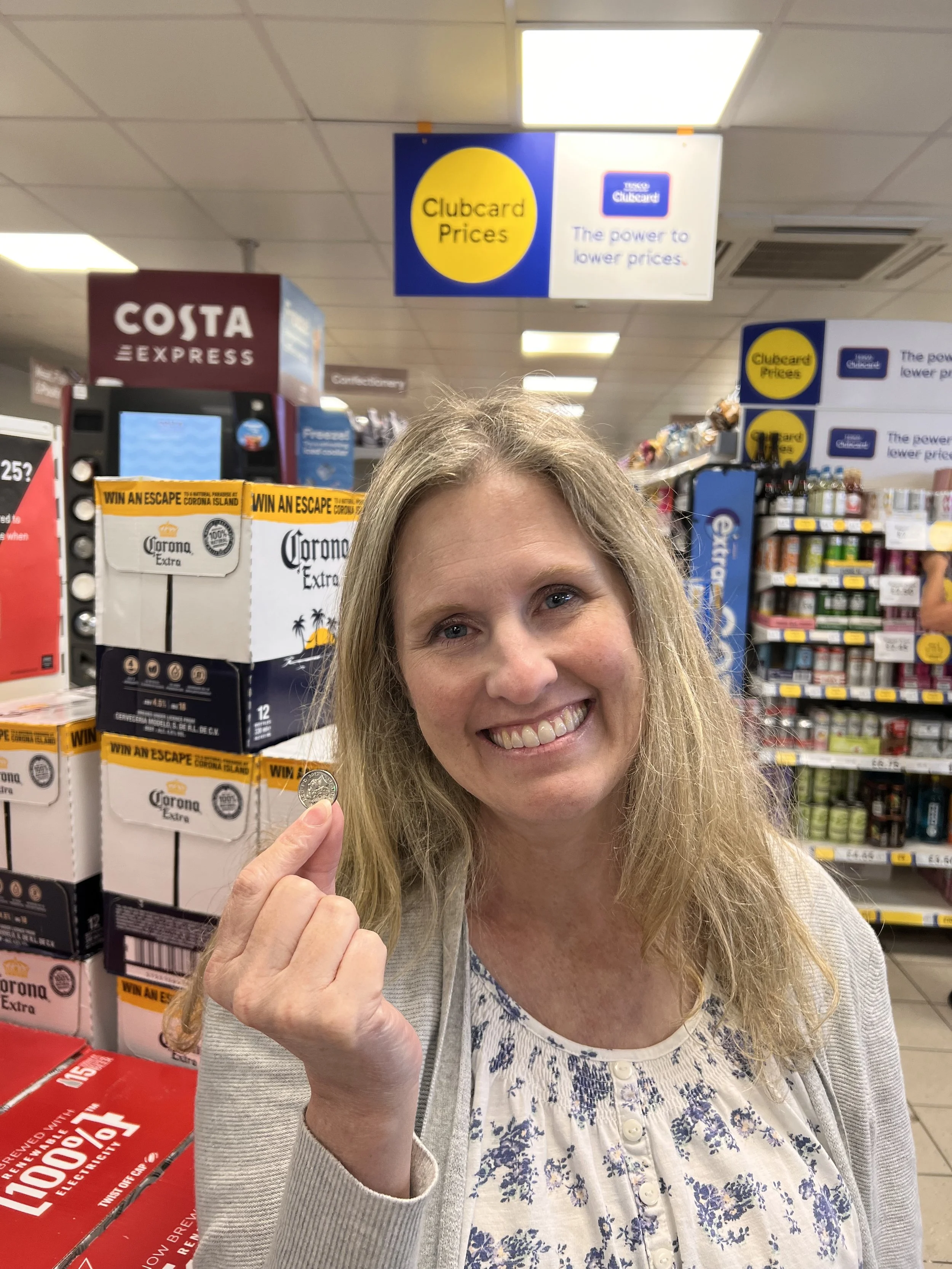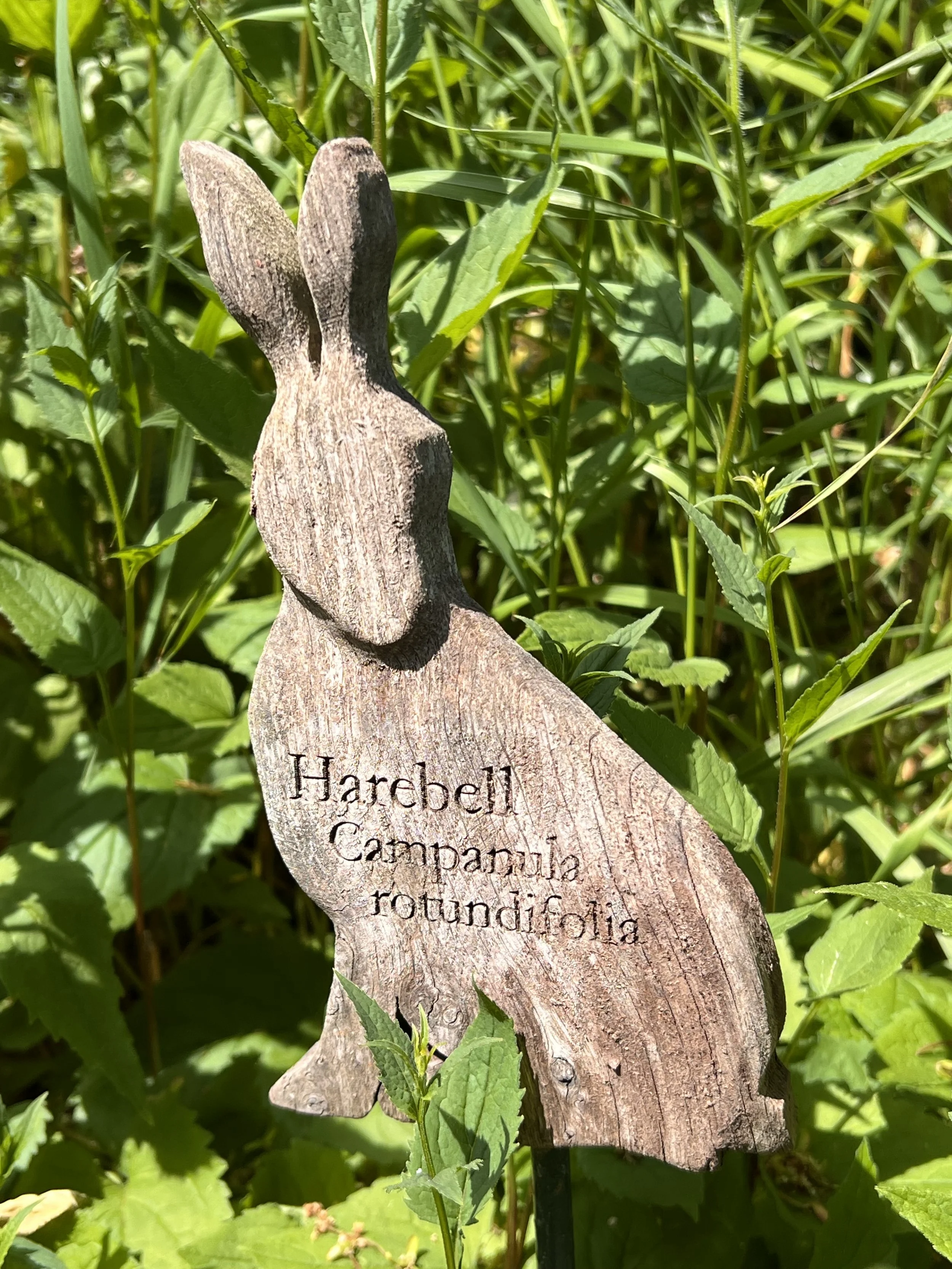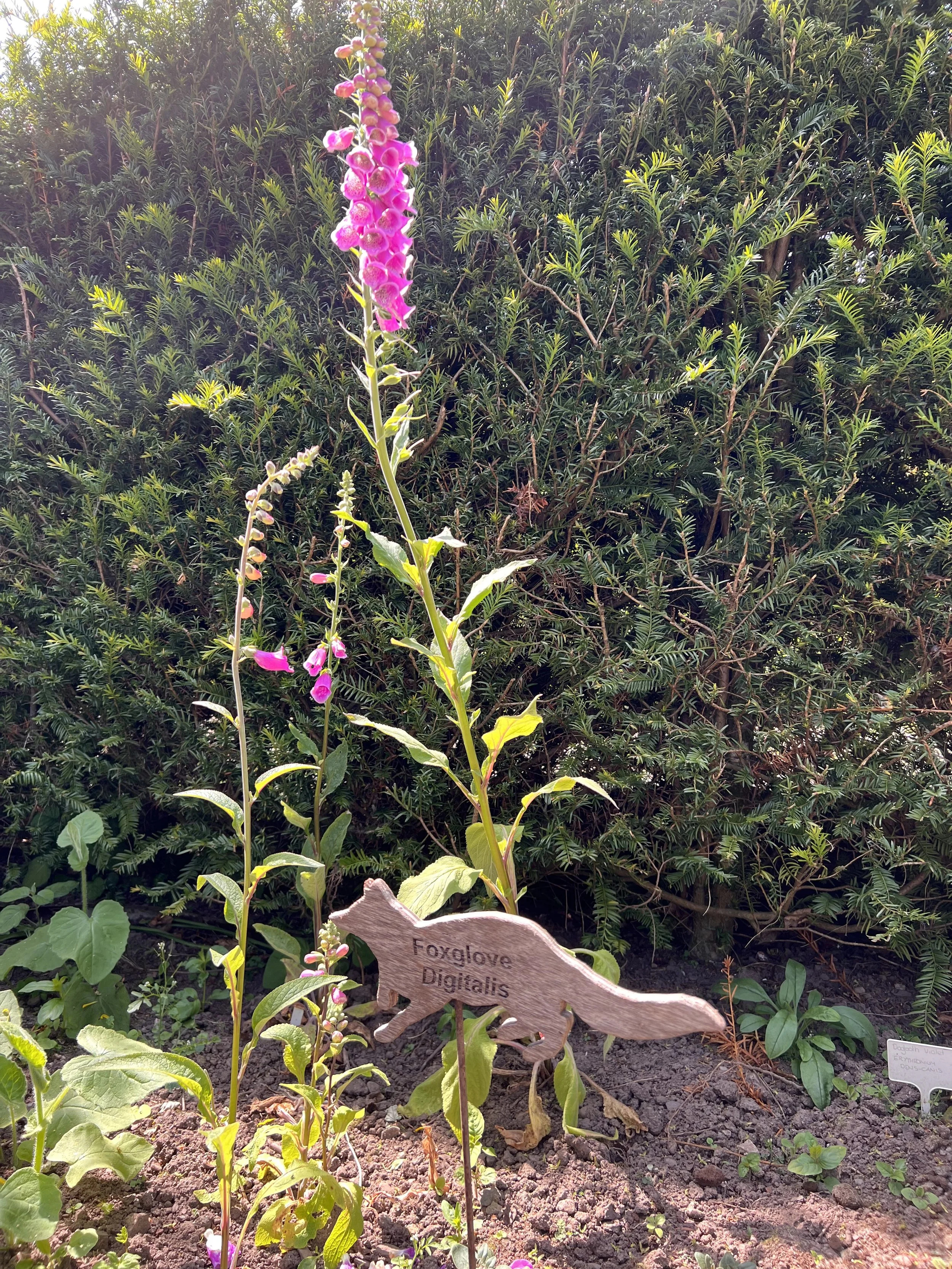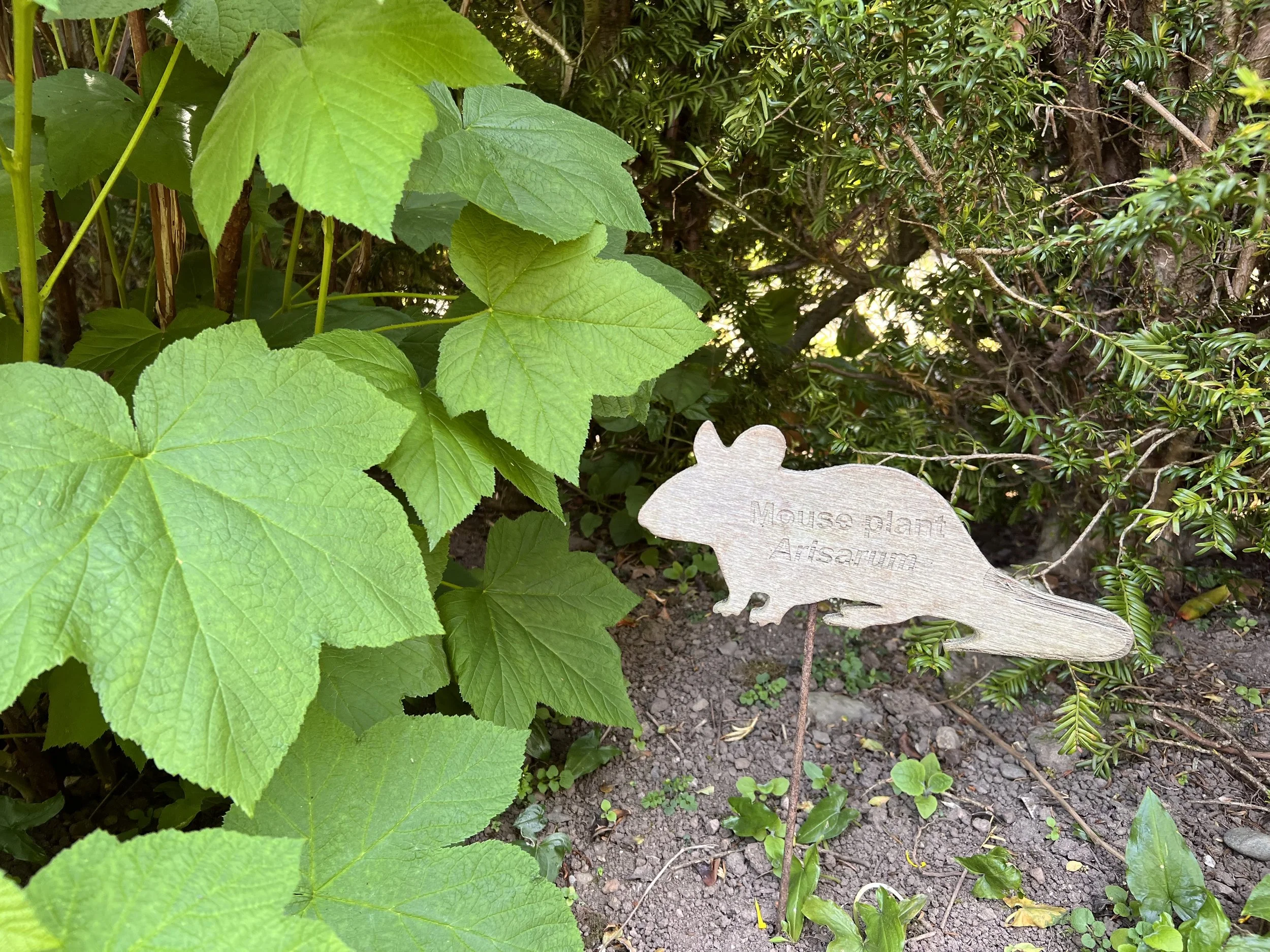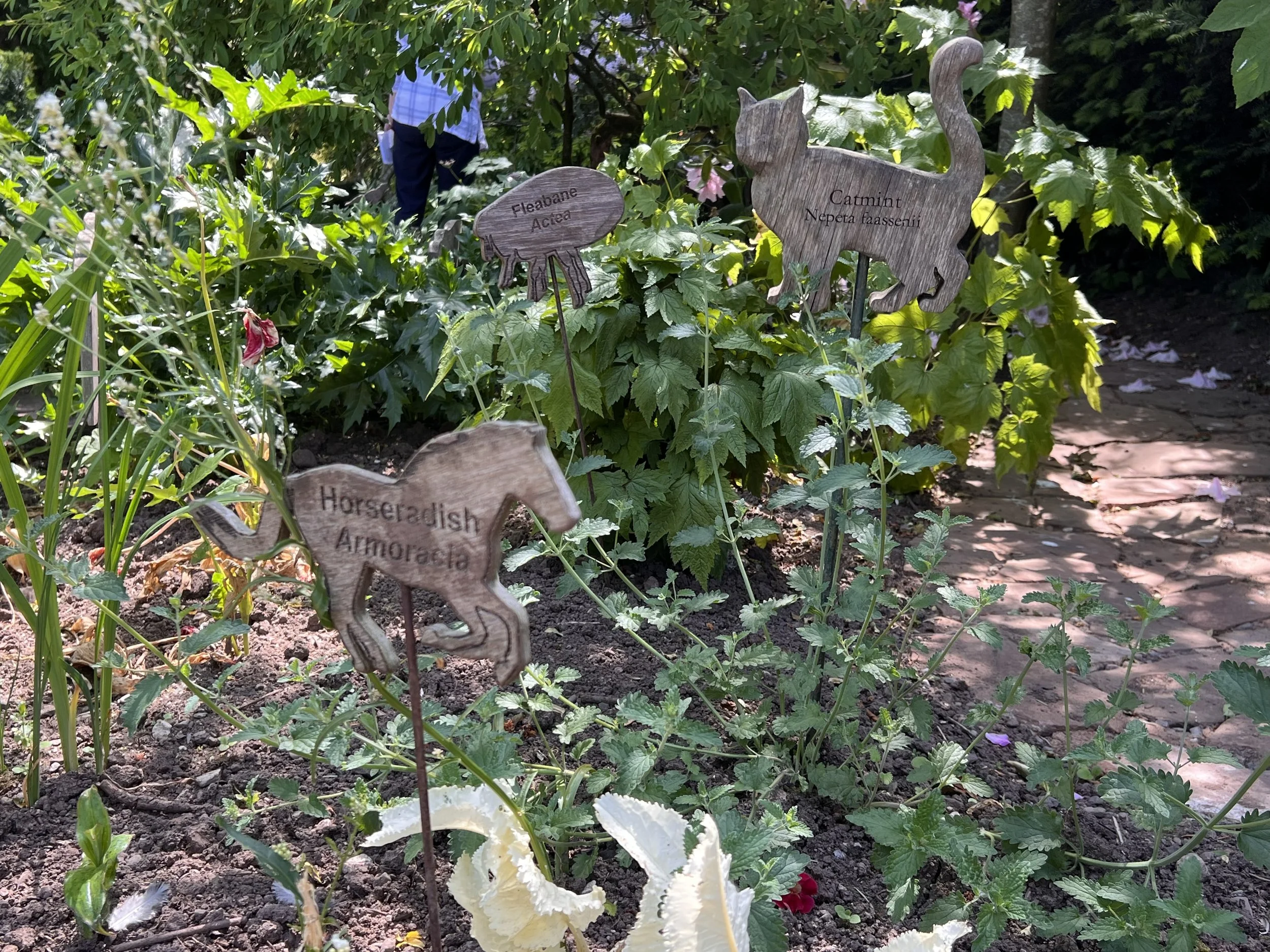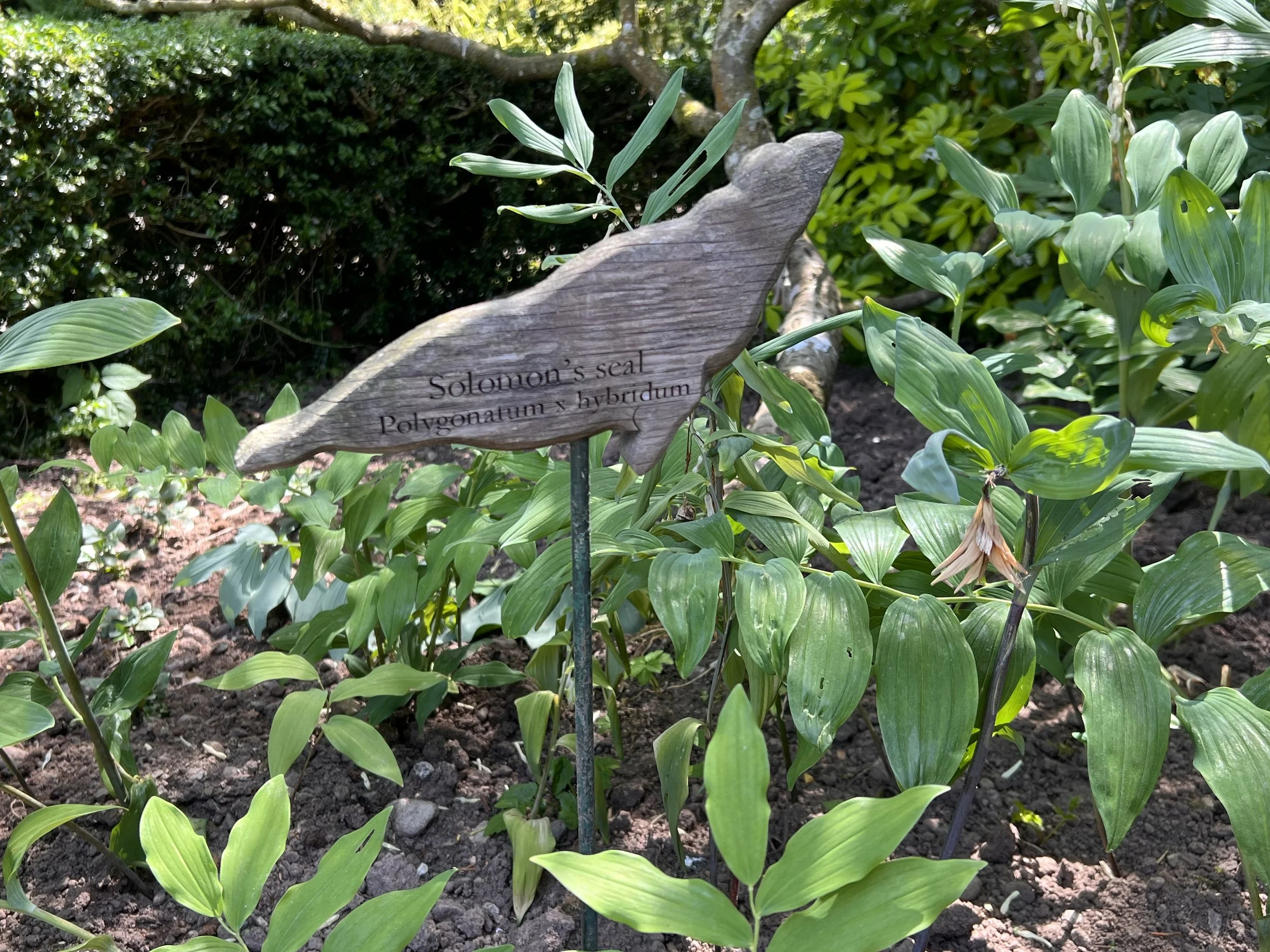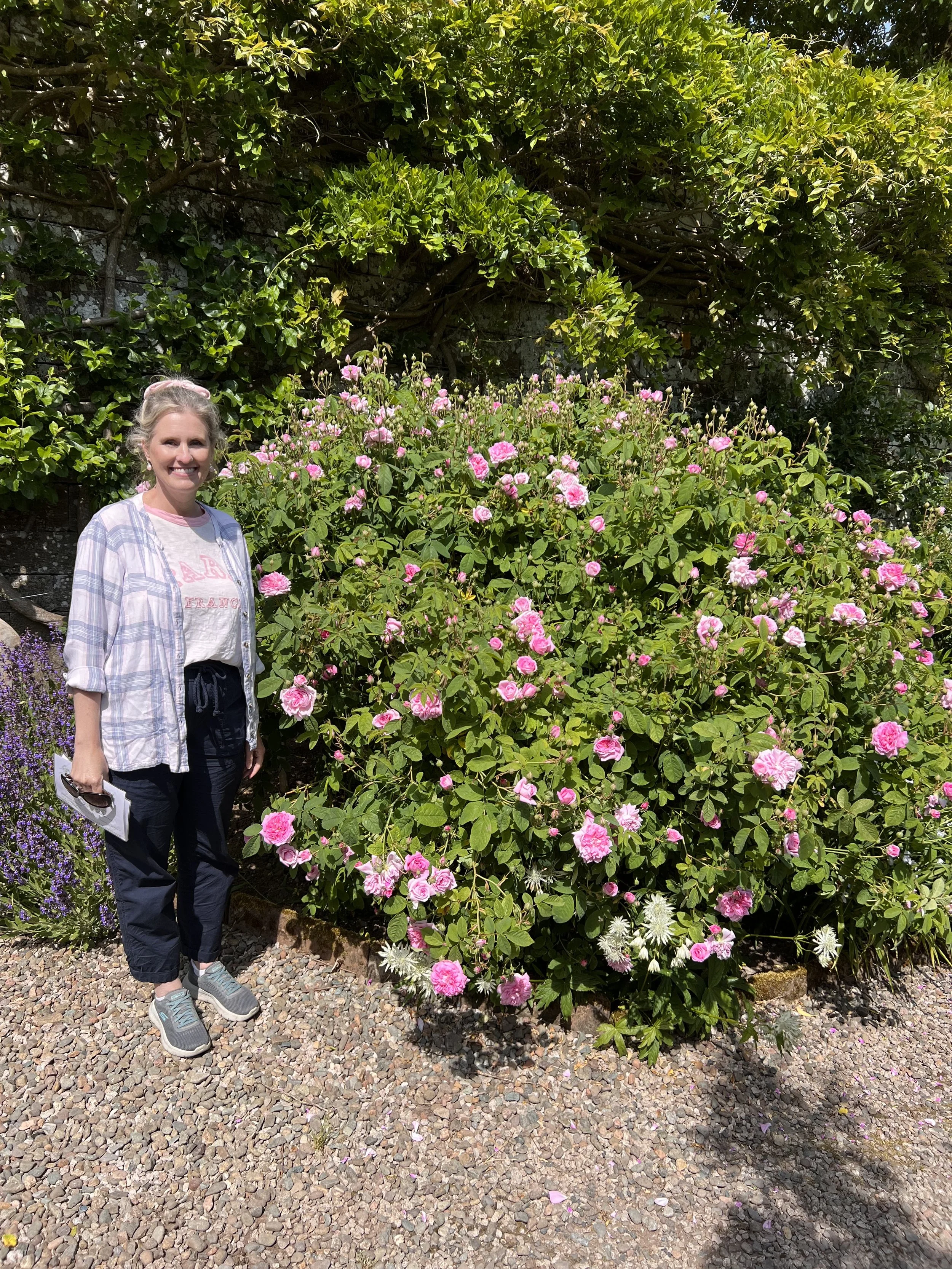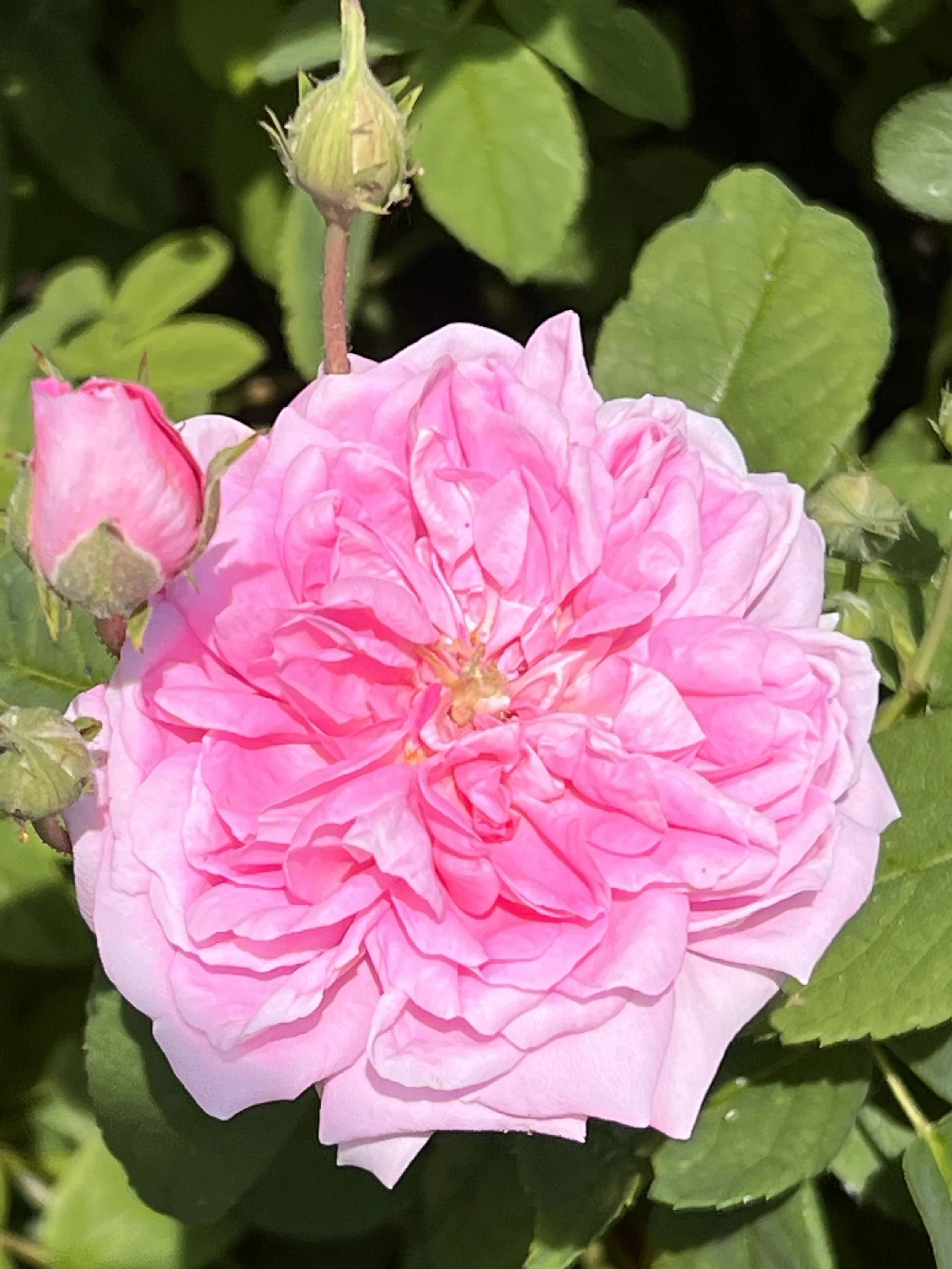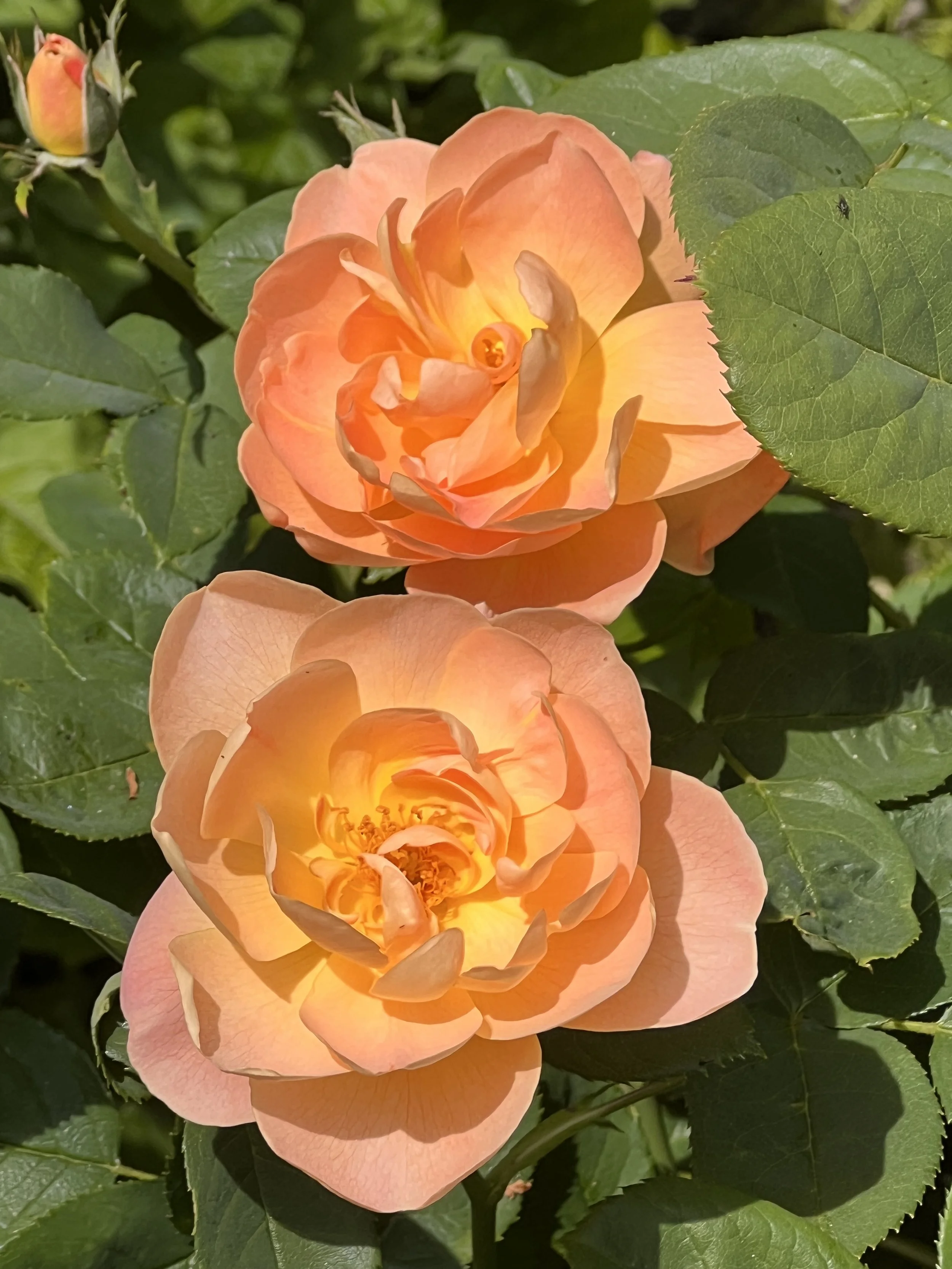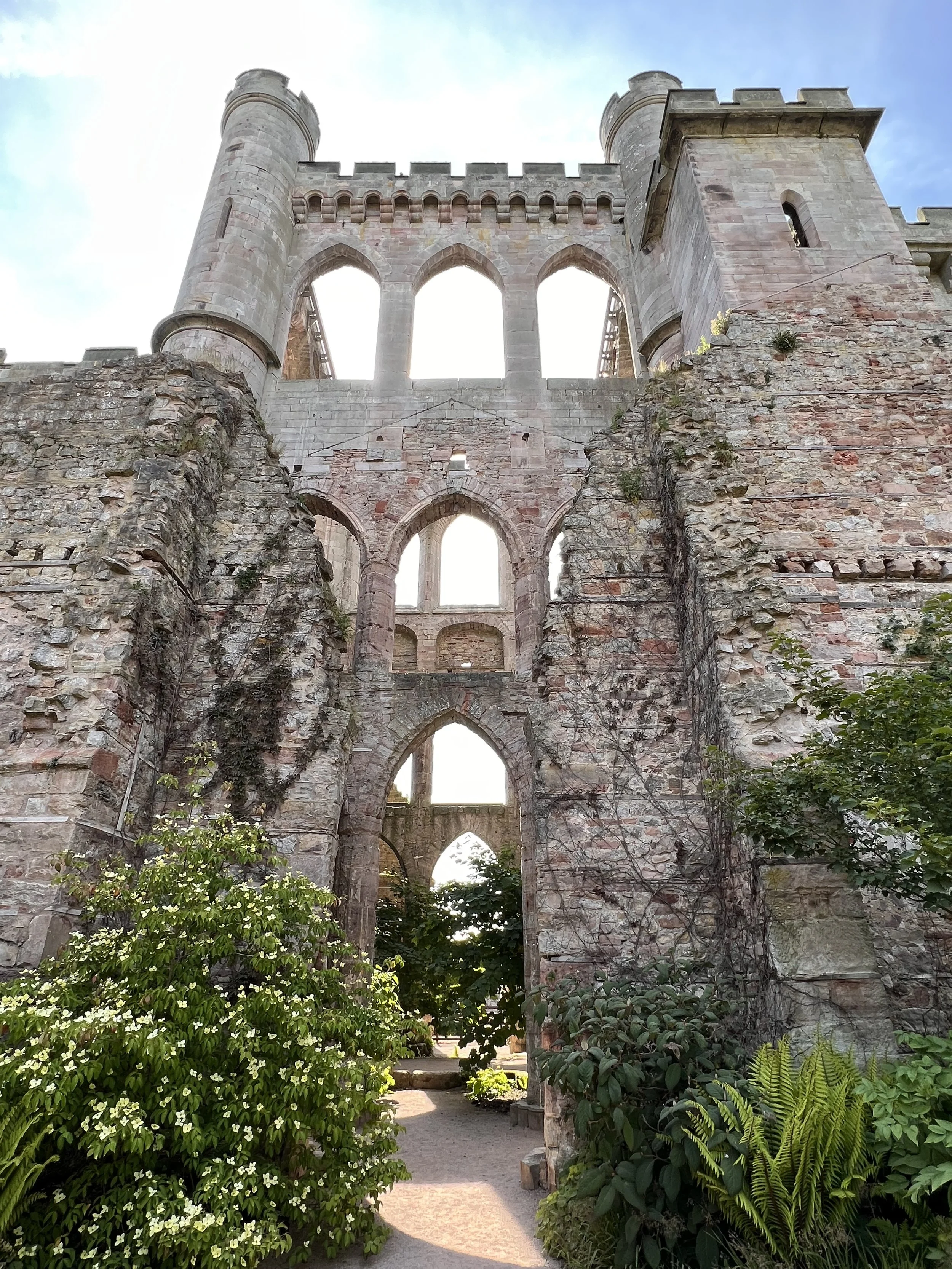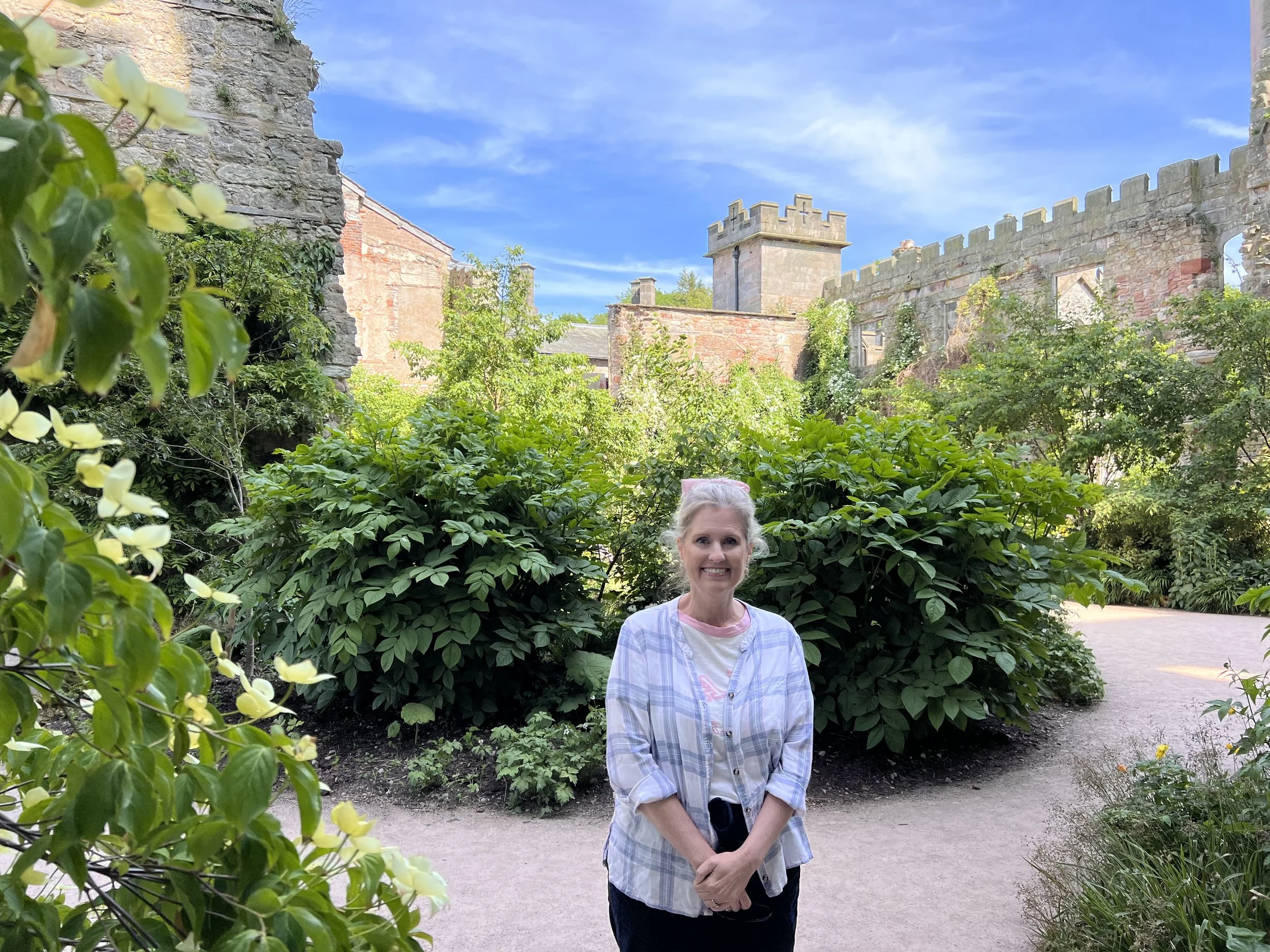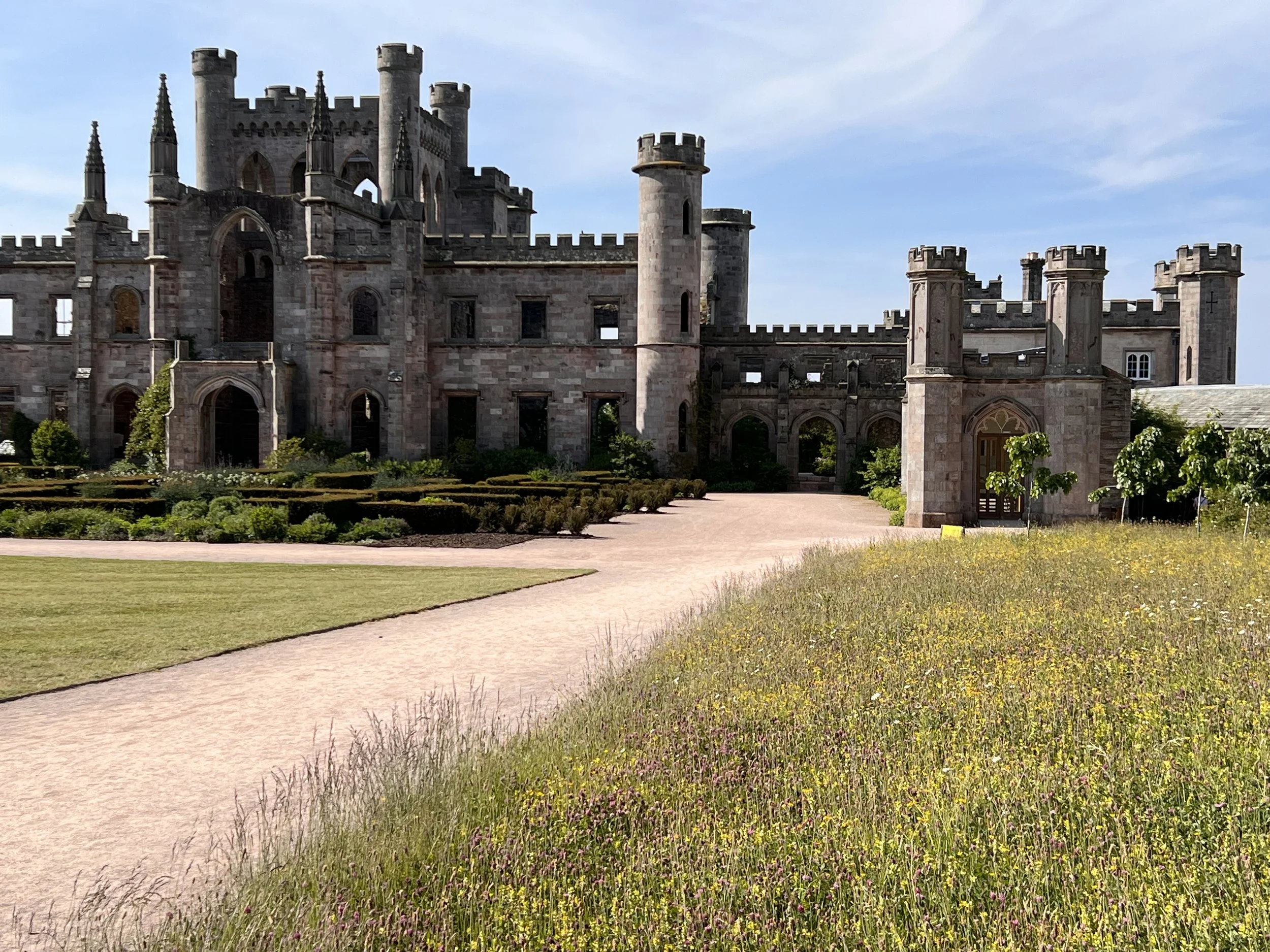Fells, Forces, & Pikes
“The fleeting hour of life of those who love the hills is quickly spent, but the hills are eternal. Always there will be the lonely ridge, the dancing beck, the silent forest; always there will be the exhilaration of the summits. These are for the seeking, and those who seek and find while there is still time will be blessed both in mind and body.”
Stock Ghyll Force
I decided to go on a walkabout today and set my sights on Mortal Man pub, which was only 3 miles away.
My first stop was this 70 foot waterfall located about a half mile from our apartment.
The name Stock Ghyll derives from Old English stocc, meaning “tree trunk,” and Old Norse gil, meaning “deep glen.” It does indeed appear to be a rather tree-filled valley.
Waterfalls in the Lake District are called “forces” after the Norse word “Foss,” which means waterfall. Waterfalls in Iceland were all called foss.
Wansfell Pike
From the waterfall I headed straight up the trail toward Wansfell Pike (also known as Baystones).
It would seem more dialectal definitions are in order. A "fell" generally refers to the mountains and hills of the Lake District and the Pennine Dales, and a pike is a peak or summit.
Classic stone steps built into the wall—it never gets old.
Wainwrights
“Wainwrights” are the 214 English peaks (known locally as fells) described in Alfred Wainwright’s famous seven-volume Pictorial Guide to the Lakeland Fells (1955–66). All the fells/peaks lie within the boundary of the Lake District National Park, and all but one are over 1,000 feet in height. Over two million copies of the Pictorial Guides have been sold since their publication.
The fells are usually listed from highest to lowest and Wansfell Pike is number 178.
The first half mile plus was a doozy!
This should have been my first indication that the hike from the waterfall to the summit wasn’t destined to be an easy one.
However, the view from the top was rewarding. This is looking west down on Ambleside from the Wansfell Pike.
From Wansfell Pike looking south over Windermere.
Hey, I just bagged my first Wainwright!
From the summit, I headed down the opposite side of the mountain toward the pub. About halfway down, the single track turned onto a wider lane for the remainder of the trek to the down.
Finally, the Mortal Man peeks through the trees below.,
Another 1.5 miles past the summit and I was enjoying a pint in the beer garden at Mortal Man pub.
I ordered the local Wainwright Gold ale—inspired by none other than the famous Lakeland fell-walker Alfred Wainwright himself.
I have never been an ale drinker, but in the past few weeks the local ales of the Yorkshire Dales and the Lake District are quickly swaying my opinion. The ales I had a the Green Dragon Inn (Yorkshire), Tan Hill Inn (Yorkshire), and now Mortal Man (Lake District) were all exceptionally good—bitter but not excessively so.
Originally called The White House, this inn has been here since 1689. It earned its name from the locals at the turn of the nineteenth century, who became fond of the “Sally Birkett” rhyme depicted on the inn sign. (No idea who Sally was.)
In time, the nickname became so universal that The White House was dropped in favor of Mortal Man.
From the pub, back up to Wansfell Pike. The trail leading back down to Ambleside is behind me (no sun on this nose!). Ambleside is nestled beautifully in the valley below.
Friends on the fell.
Steam Yacht Gondola
On Wednesday (Jun 7) we followed the recommendation of a woman working at Hill Top, who suggested we take a ride on the “steam yacht gondola.”
The boat is an original, mid-Victorian steam-powered passenger yacht, elegantly restored and still cruising on Coniston Water (it runs on diesel now).
It was a perfect day on the water.
These kayaks are resting on Peel Island, near the southern end of the lake. However, the island is perhaps more famously know as Wild Cat Island because of the Swallows and Amazon books written by Arthur Ransom.
Some of the beautiful wood detail.
Some of you will recognize the name Coniston Water as the spot where Sir Donald Campbell broke several water speed records. It was also the site of his fatal crash in 1967.
In his first southbound run, he smashed his own existing water speed record by over 50 mph. His return run northbound increased the record even further to 328 mph—sadly, this was too much for the Bluebird K7 boat and it flipped over, disintegrating the boat and killing Campbell instantly.
Ambleside
After visiting Coniston Water, we were walking around Ambleside when Amanda spotted a lone dime on the sidewalk in front of her.
Hi Dad!
Later, we went out at dusk to wander the local sections of woodland in search of hedgehogs. We walked past a house along the way that had these peonies growing in the front garden.
Amanda said these were the biggest, most beautiful peonies she has ever seen.
After our thwarted attempts to find hedgehogs 😞, we stopped in the Tesco Express for crumpets (can’t have tea in the morning without crumpets!). As we approached checkout, Amanda found a second dime!
This photo was taken from our balcony at 10:15 pm. In a few days we will reach the summer solstice when our sunrise will officially occur at 4:36 am (meaning it’s light by 4 am) and the sunset will happen at 9:50 pm (which means it’s only getting truly dark around 10:30).
Right now we get only 5 1/2 hours of darkness, which is such a swing from our winter in Edinburgh where we only had about 5 1/2 hours of daylight. Pretty interesting how moving north impacts your day-to-day living so dramatically.
Dalemain Mansion & Historic Garden
We purchased three annual passes before leaving on this trip: National Trust, English Heritage, and Historic Houses.
Dalemain is part of the Historic Houses scheme. It cost roughly $130 for two Historic Houses cards; however, each property typically costs around $40 for us both to enter. (Some properties like Blenheim Palace are around $60 for two.) So, the math is pretty simple, as you visit your third or fourth property, the card is paying for itself.
We have used our Historic Houses cards 6-7 times by now, with more to come, so the cards were a tremendous value for us!
We missed the time slot for the guided tour of the house, but we were mostly interested in the gardens anyway. I won’t comment much, just enjoy the beauty as we did.
I never realized just how many plants we have named after animals. There are a bunch of these, but they are so whimsical.
Zebra Grass
Hare’s Ear
Dogwood
Snapdragons
Foxglove
Leopard’s Bane
Mouse Plant
Horseradish, Fleabane, & Catmint
Cranesbill and Parrot Tulip
Elephant’s Ears
Crabapple
Bear’s Breeches
Monkey Plant
Cow Parsley
Solomon’s Seal
Dalemains—from which the house was named.
The most incredible smelling rose ever—not to mention gorgeous!
Just look at the size of this rose bush!
Smelled like an orange dreamsicle.
It’s raining wisteria.
Lowther Castle & Gardens
Another one for free! Thank you Historic Houses!
Lowther Hall was a lavish Queen Anne house that was built in 1693. The house burnt down in 1718.
The current castellated mansion was built between 1806 and 1814, and it was only then that the site was designated a "castle.”
The family lived extravagantly and ultimately had to shutter the castle in 1937. Its contents were removed in the late 1940s and the roof was removed in 1957.
Today the spectacular ruins form a walled garden.
Beyond the ruins, the massive estate is still managed as a destination spot, with sprawling gardens across the property.
Dan Pearson, who designed this Rose Garden, took his inspiration from four poems by the great Victorian, William Morris. They were written to accompany a series of paintings on the Sleeping Beauty myth by Morris's great friend and collaborator, Sir Edward Burne-Janes.
We were most excited to see the rose-garden-in-four-parts, which we’re sure is mind blowing, but we were there a few weeks too early and nothing had bloomed yet. 😢
The grounds were amazing to be sure, but we enjoyed the garden at Dalemain more. Good thing it was free to enter! 😊










